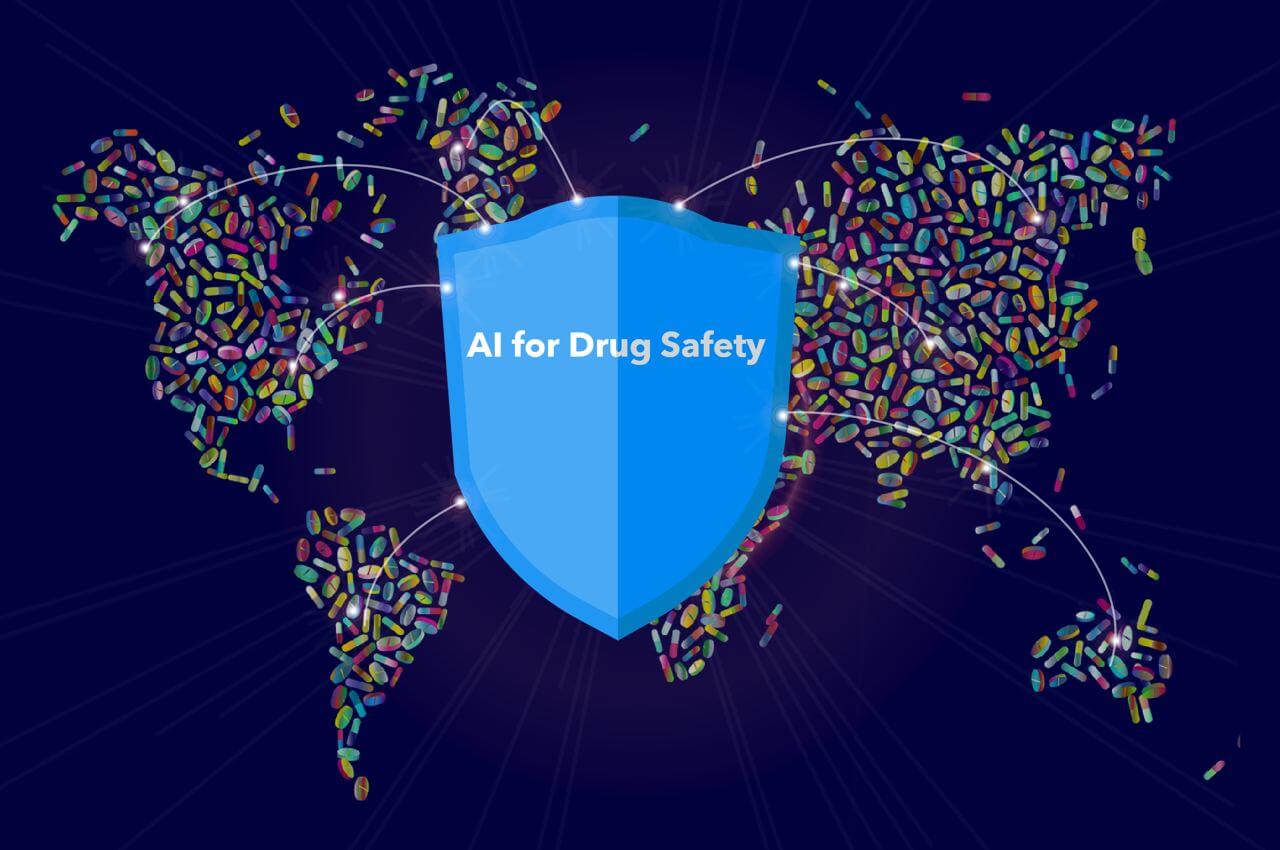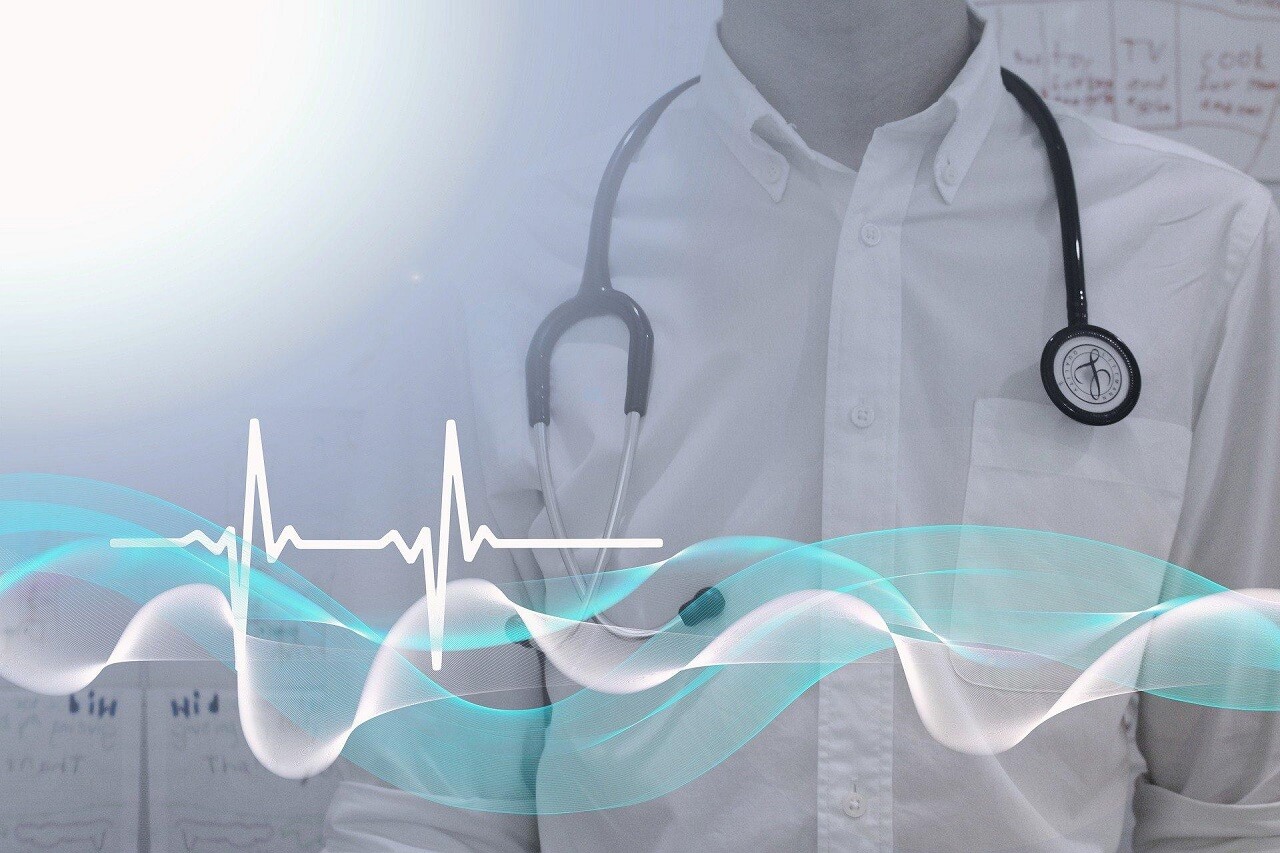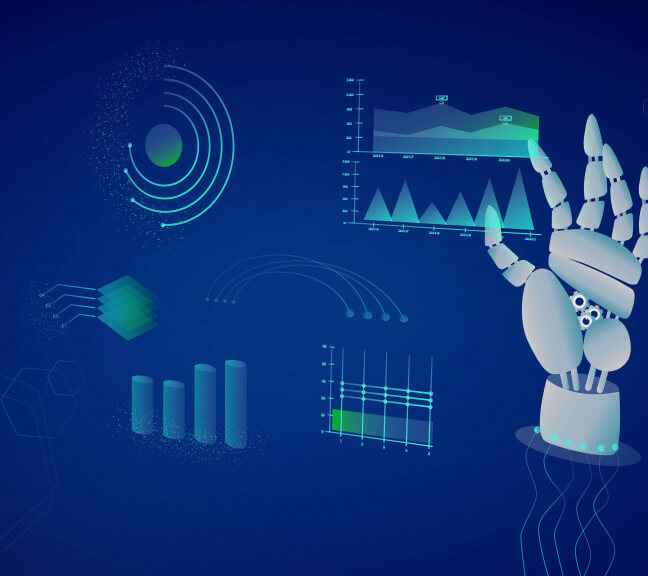Drug safety and revealing drug adverse effects have always been a priority in the healthcare service. It increased in Covid and post-Covid times with the tensions around vaccine safety. AI solutions developers are convinced that AI can find new adverse drug effects much faster and more effectively than people do while significantly increasing drug safety.
Drug safety regulations differ from country to country and can encompass different reporting requirements. This undermines that drug adverse effects need to be collected from as wide a range of sources as possible.
This article is meant for Marketing authorization bodies, pharma companies, healthcare authorities and experts, journalists, and a wide circle of conscientious individuals and tells about:
- AI and discovery of drug-event associations for groups of patients with certain health issues;
- AI and social media scraping for adverse effects detection;
- AI and scraping ICSRs individual case study reports for MAH Marketing authorization holders.
Use Cases
Please, see the Steps of Drug Development of the FDA Food and Drug Administration. Drug development with any authority has pretty similar steps:
- Discovery and Development
- Preclinical Research
- Clinical Research
- FDA Drug Review
- FDA Post-Market Drug Safety Monitoring
In the drug development process, AI is mostly applied for Clinical Research, working long with enormous volumes of clinical data. But this article describes AI applications for Post-Market Drug Safety Monitoring that is less complicated and can be implemented much faster.

AI can promptly cope with drug safety monitoring by finding necessary safety-related information, generating insights, and automating repetitive tasks. In most cases, AI solutions for drug safety use Natural Language Processing (NLP) techniques.
- AI solutions can extract data from documents and free resources in any format and language: read texts and understand human speech;
- AI solutions can predict and prevent safety issues to better protect consumers;
- AI solutions are self-learning and can perform monotonous work extremely fast.
If you are in pharmacovigilance and drug safety, consider a few examples of AI capabilities in this field. AI solutions developers can train algorithms to discover and predict ADEs for these or similar cases.
Discovering Drug-Event Associations for Certain Groups of Patients
This chapter is focused on monitoring adverse drug effects that occur in certain groups of patients. An adverse drug event (ADE) is a situation when a person is negatively affected by a drug. ADEs raise the number of patients in emergencies and stationary hospital departments, increasing the costs of medical treatment.
Adverse drug events happen unevenly in diverse groups of patients. Most vulnerable here are patients that already belong to certain health-related groups. Causes of ADEs are multiple: genetic, metabolic, interactions with other substances, etc.
Expert Tip
As AI solutions are applied for drug safety monitoring, it is worthwhile mentioning the difference between ADE (adverse drug event) and ADR (adverse drug reaction). The reaction is caused by a certain dose of a drug that is harmful to the patient, while an event occurs irrespectively of the dose.
To detect ADEs for these groups of people, AI solutions dig up different patient and medical data datasets. These can be patient data in EHRs (Electronic Health Records), data in FAERS (Adverse Events Reporting System of Food and Drug Administration of the USA), or data in Japanese Open TG GATES (ToxicoGenomics – Genomics Assisted Toxicity Evaluation Systems).
Using these libraries, AI solutions can build accurate predictive models and foresee ADEs for certain groups of patients in thousands of new drugs.
Training AI Solutions for ADEs Prevention
While developing AI solutions for ADEs prediction in specific cohorts of patients, vendors apply the following scenario.
- AI solution vendors train algorithms to filter available data related to ADEs in specific patient groups;
- AI solution vendors choose specific features from this data and adjust filter criteria;
- AI solution vendors use Deep Neural Networks (DNN) to process filtered data;
- AI solutions analyze gene expressions and chemical structures with respect to the background data to create predictive models.
Please, see a few use cases that explain this process.
Use Case: ADE Predictive Model for Patients with Duodenal Ulcer
A target group is a group of patients with duodenal ulcers. This is a very common disease. In Frontiersin, scientists describe the development of an AI solution that predicts ADEs for patients with duodenal ulcers.
Using the FAERS database and Fisher test, the scientists identified drugs that were most significantly associated with duodenal ulcers. Fisher test determines if there are nonrandom associations between two categorical variables. These drugs are Aspirin, Diclofenac, Ibuprofen, Indomethacin, Meloxicam, and Naproxen.
They also identified the least associated drugs. They are Acetaminophen, Amiodarone, Bortezomib, Carbamazepine, Ciprofloxacin, and Cyclophosphamide.
Further, to build the ADE predictive model for duodenal ulcers, they applied open TG–Gates samples of these drugs: specific compounds, a number of gene expression samples associated with these compounds, and results of the Fisher test.
As a result, now healthcare specialists can predict which drugs will cause adverse events for patients with duodenal ulcers and issue special warnings.
Use Case: AI and Discovery of Drug-Event Associations for People with Diabetes
The target group is patients with diabetes. People with diabetes require special attention, especially during the pandemic. NCBI resource describes the Intelligent Medicine Recommender System that was used to analyze pulmonary (lung-related) ADEs in patients with diabetes who were taking Covid-19 treatment.
This solution actually found the prevalence of pulmonary adverse drug effects in patients who were taking ACEI or ARBs medicine for blood pressure. Scientists state that Captopril statistically showed more pulmonary ADEs than other ACEIs and ARBs. Though, Captopril is not the only one on the list.
Note
Drug safety is not the only application of AI for people with diabetes. For example, AI solutions can recognize and analyze glucose patterns and insulin dosing events, and trace behavioral patterns that cause high or low blood sugar levels in diabetes patients.
Social Media Scraping for Adverse Effects Detection
This chapter is focused on adverse drug effects monitoring for certain drugs on social media. Patients who have ADEs tend to gather in groups and discuss their burning health-related issues or concerns both in person and via specific social media. ADE reporting endeavors to scan these social media sites for information. Though, extracting a patient’s ADE from social media can still be a tricky job.

AI solutions of this type usually use natural language processing (NLP). However, the language in social media is highly informal. People share their experiences and feelings about drugs, adverse drug effects, reactions, and events in nonmedical, nontechnical, and highly descriptive ways, which are challenging to extract. In many cases, they use slang, lack logical sequence, and do not provide full information.
AI solutions for social media scraping of ADEs aren’t widely adopted yet; usually, they look as follows:
- AI solution filters free data in social media using NLP natural language processing and aims to extract medical data – mentions of drugs, diseases, and ADEs. They can employ word clustering, sequence labeling, and word embedding for faster results;
- AI solution recognizes mentions of drugs, diseases, and adverse drug events;
- AI solution determines the severeness of the adverse drug event in mentions using statistical learning;
- AI solution understands the names and relations of medical data mentioned in social media using the relevant medical databases;
- AI solution reports the found ADE results.
In this way, by scraping social media for adverse drug effects, AI contributes to pharmacovigilance and post-market drug safety monitoring.
Using AI to Scrap Thousands of ICSRs for MAH
This chapter is focused on adverse drug effect monitoring in Individual Case Safety Reports.
To increase drug safety, MAH Marketing authorization holders have to do profound research on ADEs after a new drug is authorized. MAH can be any organization that holds a marketing authorization granted by EMA. Marketing authorization from a MAH releases a new drug to millions of patients.
MAHs record all alleged ADRs and ADEs that occur in the EU or in developing countries. They are looking for these reactions and events on a random basis or during the post-market study.

ICSRs represent a self-reported document of drug adverse events, medication error reports, and product quality complaints resulting in AEs. Most of the rare ADEs can be found in ICSRs and scientific literature.
To qualify, any ICSR should contain a source of information, a patient (initials of the name, age, gender), the name of the medicine, and a description of its negative side effect. These reports are provided to authorization bodies under certain regulations and promptly.
As the costs and time for post-marketing drug safety are limited, the application of AI solutions is highly recommended for MAHs.
To draw a big picture, thousands of scientific articles are issued in dozens of thousands of journals every day. And this volume is growing. A manual review of this literature is doubtful. Also, only a small percentage of these articles contain a valid ICSR.
Considering the tremendous impact of authorized drugs on the population and adverse drug effect data availability, the application of AI for ICSRs scraping is self-explanatory.
How AI Solutions Scrap ICSRs
Scientific literature and ICSRs are the fertile soil for AI solutions to scan and fetch thousands of ADEs for any drug in a short time. The process is pretty much the same as for scraping social media for ADEs, with a few differences.
Scraping ICSRs and scientific literature is easier at the filtering stage. Here, AI filters high-quality medical data resources. This data is proven, it contains common scientific dictionaries, and it is logical in context. However, great volumes of it can show very little data about the target, which will take time.
To identify statistical associations between drugs and AEs, AI vendors recommend using several trustworthy libraries and not only one, for example, FAERS. Ungrounded conclusions and under-reporting in one library can be compensated by another one.
While filtering multiple resources with common data models, NLP embedding semantic predications (Mower) is reported most effective. It extracts concept-relationship-concept clusters.
While for the prediction of a drug-to-ADE relationship, developers first detect and recognize the concept.
As ICSRs describe rare cases, to evaluate causality, AI solutions can use the Naranjo algorithm, the Venulet algorithm, and the WHO-UMC system for standardized case causality evaluation.
Custom AI Solutions Development
AI solutions for drug safety and drug side effect prevention make pharmacovigilance more effective. Drug-related analytics is just one example of AI in EHS to improve human safety and well-being.
Contact us if you are looking for AI solutions developers for healthcare and other industries.







